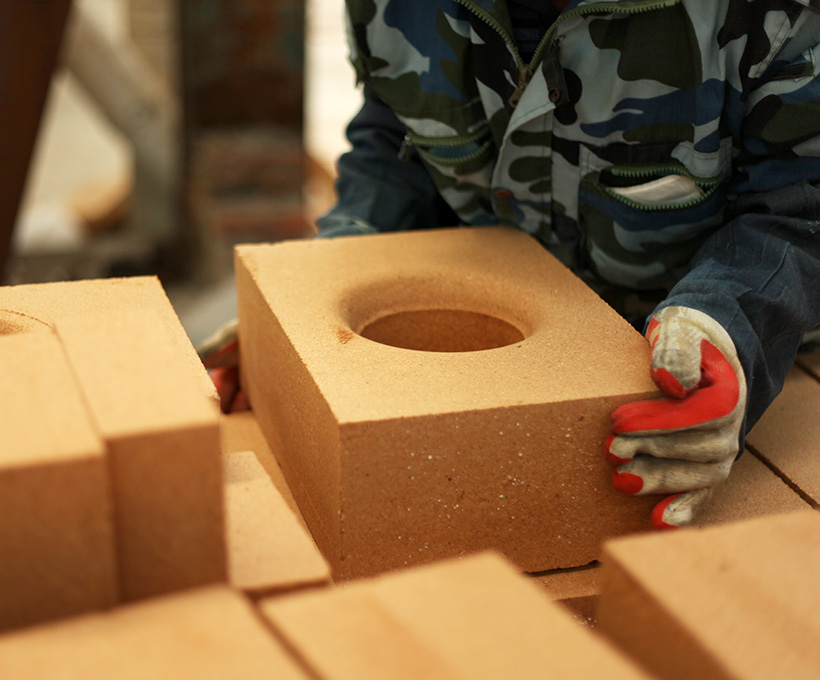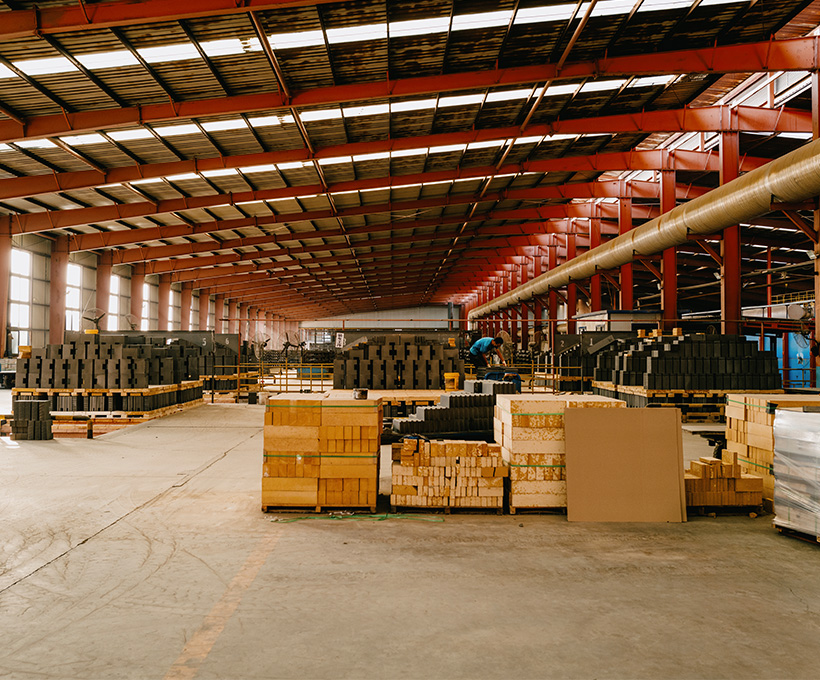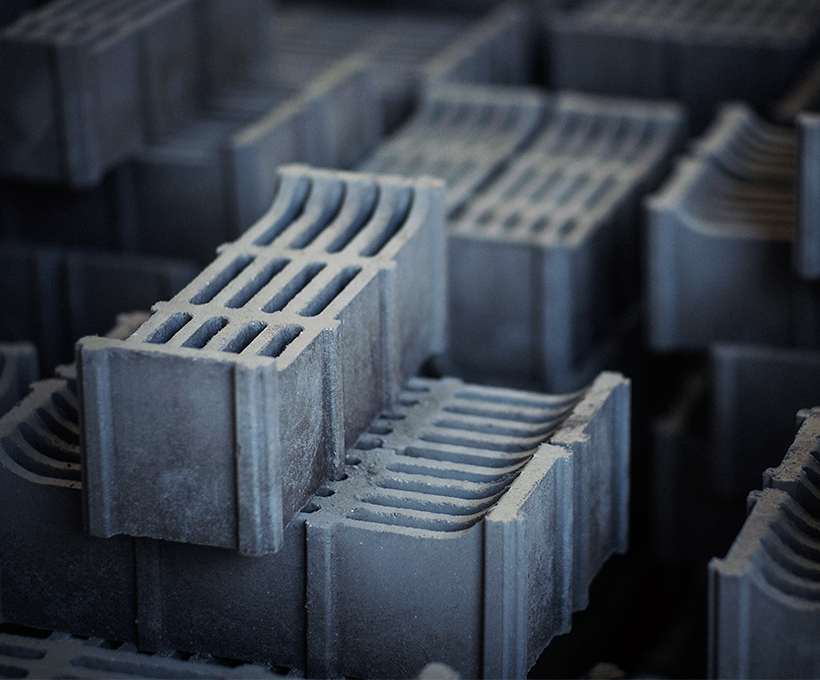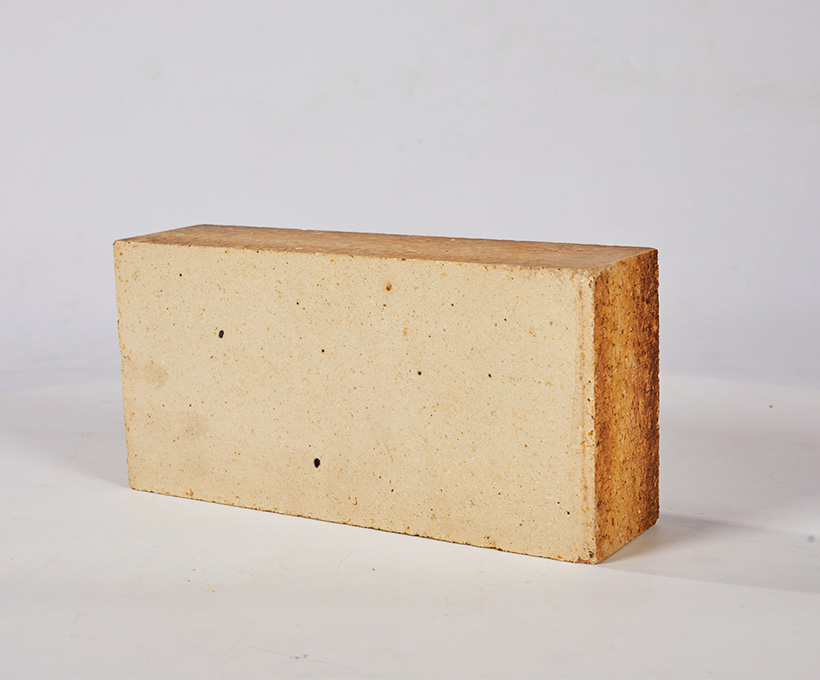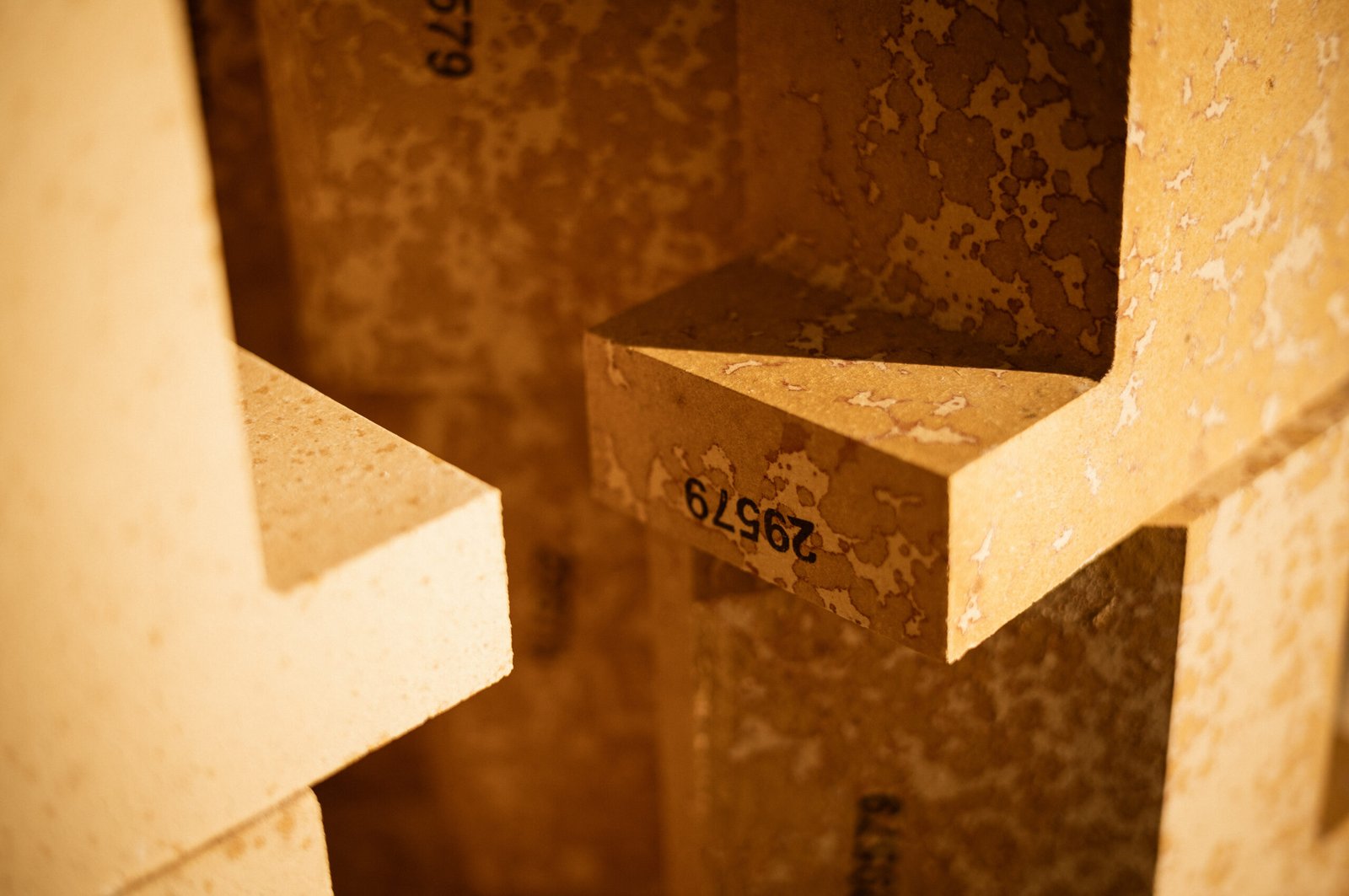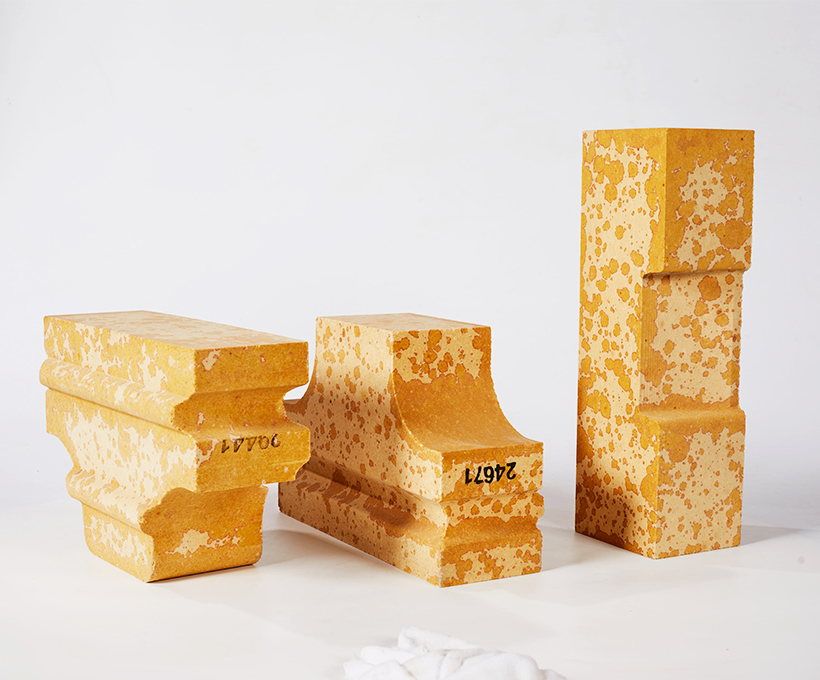Steel ladles are primarily used for containing molten steel. Before tapping, the ladle must be preheated and baked. During tapping, molten steel at approximately 1650°C is poured from the furnace into the ladle. The ladle not only endures intense thermal and mechanical shocks from the
High alumina bricks are widely used in various high-temperature industrial applications due to their excellent refractory properties, including high thermal stability, resistance to corrosion, and mechanical strength. These bricks are essential in industries such as steel, cement, glass, and petrochemicals. Below are the top five
1. Introduction Arc-shaped refractory bricks, also known as arched or radius bricks, are specialized refractory materials designed to construct curved surfaces in high-temperature industrial furnaces. Their unique geometry allows for better structural integrity, thermal resistance, and durability in demanding environments such as steelmaking, cement production,
SK32 firebrick, a high-quality refractory material classified under the JIS (Japanese Industrial Standard) R-series, has been widely used in industrial furnaces, kilns, and high-temperature applications since the mid-20th century. Originally developed in Japan for steelmaking and ceramic production, SK32 became a benchmark for mid-range refractories
When it comes to high-temperature industrial applications, the right refractory materials make all the difference in performance, longevity, and safety. China Vuulcan’s Refractory Fireclay Bricks, also known as Alumina Silica Clay Fire Bricks, are specifically designed to handle the extreme conditions found in cupola furnaces, boilers, and other
High alumina bricks are essential in extreme heat industries. With over 55% alumina content, they resist high temperatures, corrosion, and wear—but they’re not perfect. Here’s where they excel and where they fall short. 1. Steel Production FacilitiesIn steel plants, high alumina bricks form the protective
High-alumina bricks are widely used in industrial furnaces, kilns, and other high-temperature environments due to their excellent refractory properties, including high thermal stability, strong resistance to chemical corrosion, and good mechanical strength. However, to maximize their performance and lifespan, proper handling and operational practices are
When it comes to high-temperature applications, not all materials can hold up under extreme heat and harsh environments. That’s where refractory bricks come in—engineered to resist thermal stress, corrosion, and mechanical wear. Whether it’s for steelmaking, cement kilns, or foundries, these bricks are the backbone
Tailored Precision for Optimal Performance Custom fire bricks stand out due to their ability to be precisely tailored. In industrial settings, every furnace or kiln has unique specifications. Instead of making do with standard - sized bricks, custom fire bricks are designed to fit perfectly
In high - temperature industrial applications, special - shaped silica refractory bricks are crucial for the durability and efficiency of furnaces and other thermal equipment. Their unique shapes and good refractory properties make them essential in industries like steel, glass, and ceramics. One of the

